Test setup
The Core i7-14700K processor is the only 125-watt model from the Intel Raptor Lake-S Refresh generation that has undergone a core configuration change between generations. With more “efficient” ones, this processor is halfway to the Core i9-(14900K/13900K), but at the price of a Core i7. The Ci7-14700K is thus significantly more powerful than the Ci7-13700K for the same money. Especially in heavy multi-threaded workloads.
Test setup
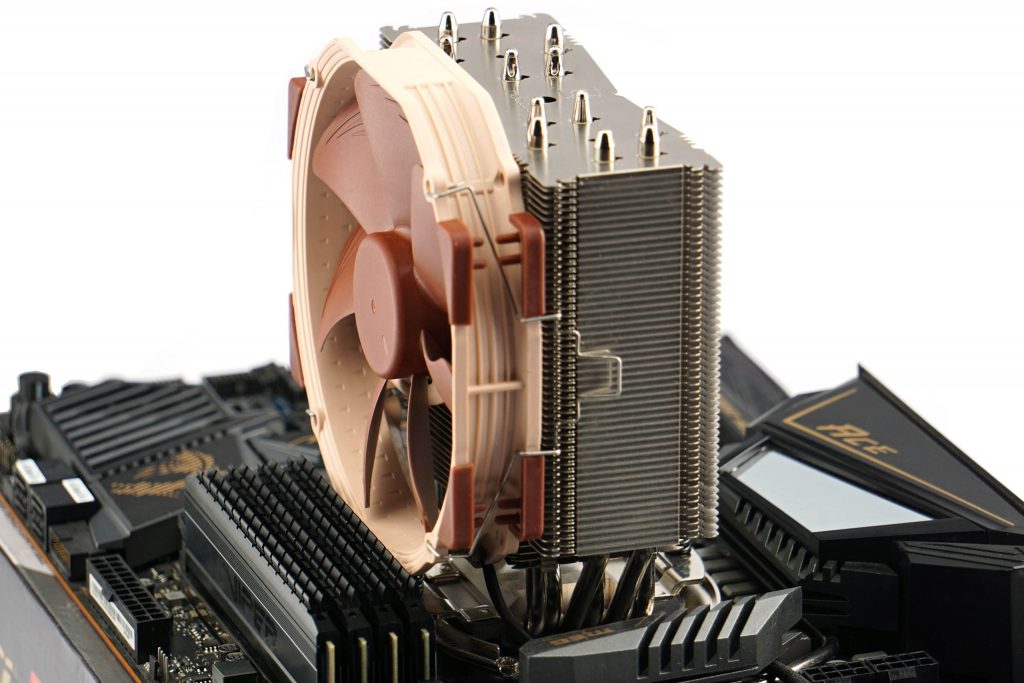
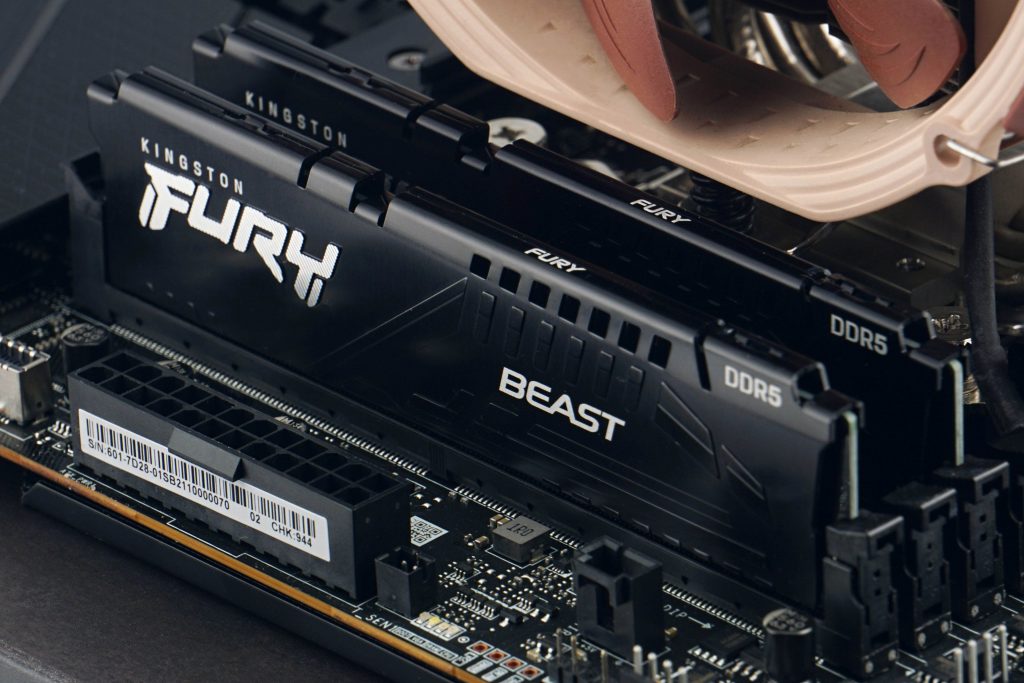
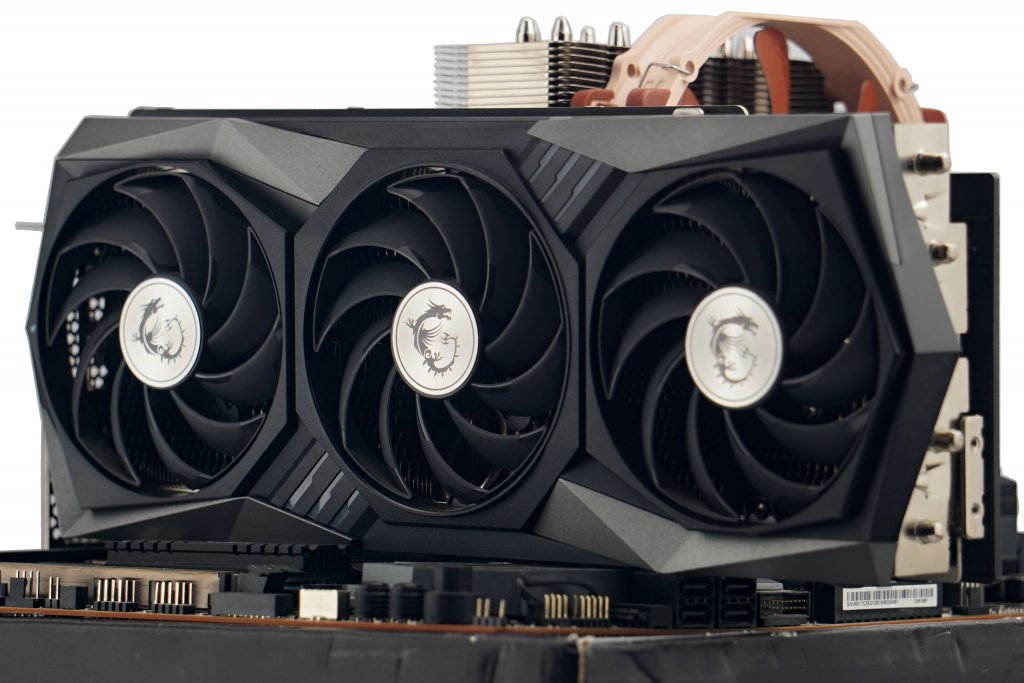
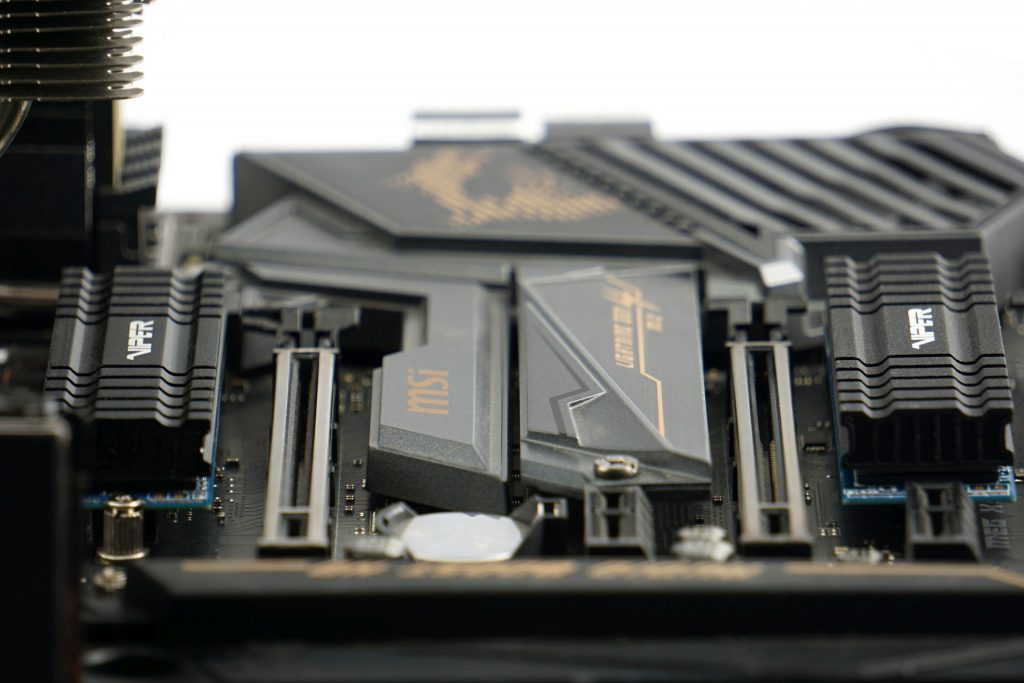
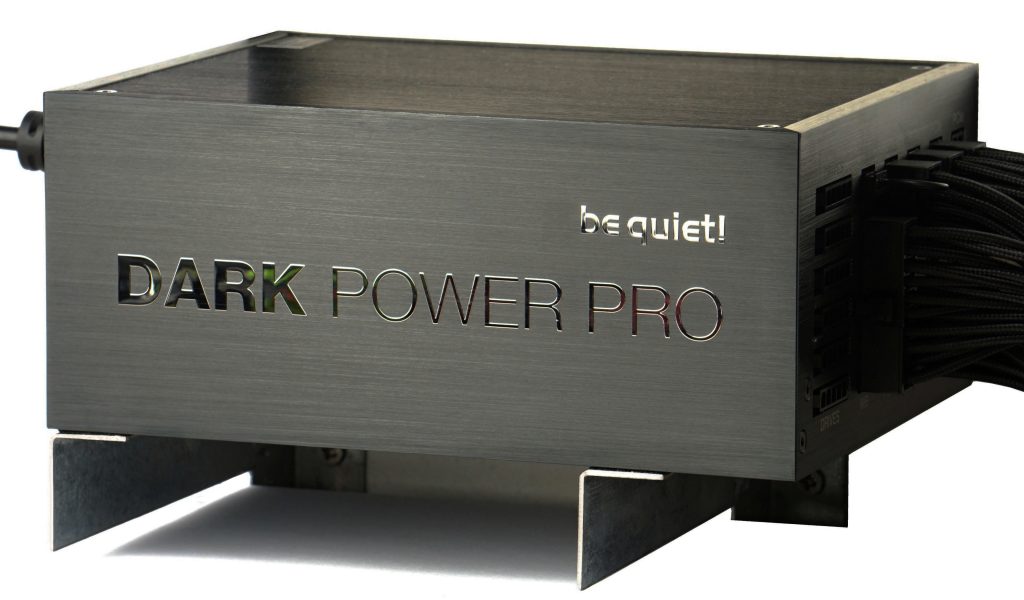
| Test configuration | |
| CPU cooler | Noctua NH-U14S@12 V |
| Thermal compound | Noctua NT-H2 |
| Motherboard * | Acc. to processor: ASRock B650E Taichi, MSI MEG X670E Ace, Asus ROG Strix Z790-E Gaming WiFi, MEG X570 Ace, MEG Z690 Unify, MAG Z690 Tomahawk WiFi DDR4, Z590 Ace, MSI MEG X570 Ace alebo MSI MEG Z490 Ace |
| Memory (RAM) | Acc. to platform: z DDR5 G.Skill Trident Z5 Neo (2× 16 GB, 6000 MHz/CL30) a Kingston Fury Beast (2× 16 GB, 5200 MHz/CL40) a DDR4 Patriot Blackout, (4× 8 GB, 3600 MHz/CL18) |
| Graphics card | MSI RTX 3080 Gaming X Trio w/o Resizable BAR |
| SSD | 2× Patriot Viper VPN100 (512 GB + 2 TB) |
| PSU | BeQuiet! Dark Power Pro 12 (1200 W) |
* We use the following BIOSes on motherboards. For Asus ROG Strix Z790-E Gaming WiFi v0502 – Intel Raptor Lake/v1501 – Intel Raptor Lake Refresh, MSI MEG X670E Ace v1.10NPRP, for MEG X570 Ace v1E, for MEG Z690 Unify v10, for MAG Z690 Tomahawk WiFi DDR4 v11, for MEG Z590 Ace v1.14 and for MEG Z490 Ace v17.
Note: The graphics drivers we use are Nvidia GeForce 466.77 and the Windows 10 OS build is 19045 at the time of testing.
Processors of other platforms are tested on MSI MEG Z690 Unify, MAG Z490 Tomahawk WiFi DDR4, Z590 Ace and Z490 Ace motherboards, MEG Z690 Unify (all Intel) and MEG X570 Ace, MEG X670E Ace (AMD).
On platforms supporting DDR5 memory, we use two different sets of modules. For more powerful processors with an “X” (AMD) or “K” (Intel) in the name, we use the faster G.Skill Trident Z5 Neo memory (2×16 GB, 6000 MHz/CL30). In the case of cheaper processors (without X or K at the end of the name), the slower Kingston Fury Beast modules (2×16 GB, 5200 MHz/CL40). But this is more or less just symbolic, the bandwidth is very high for both kits, it is not a bottleneck, and the difference in processor performance is very small, practically negligible, across the differently fast memory kits.
- Contents
- Intel Core i7-14700K in detail
- Methodology: performance tests
- Methodology: how we measure power draw
- Methodology: temperature and clock speed tests
- Test setup
- 3DMark
- Assassin’s Creed: Valhalla
- Borderlands 3
- Counter-Strike: GO
- Cyberpunk 2077
- DOOM Eternal
- F1 2020
- Metro Exodus
- Microsoft Flight Simulator
- Shadow of the Tomb Raider
- Total War Saga: Troy
- Overall gaming performance
- Gaming performance per euro
- PCMark and Geekbench
- Web performance
- 3D rendering: Cinebench, Blender, ...
- Video 1/2: Adobe Premiere Pro
- Video 2/2: DaVinci Resolve Studio
- Graphics effects: Adobe After Effects
- Video encoding
- Audio encoding
- Broadcasting (OBS and Xsplit)
- Photos 1/2: Adobe Photoshop and Lightroom
- Photos 2/2: Affinity Photo, Topaz Labs AI Apps, ZPS X, ...
- (De)compression
- (De)encryption
- Numerical computing
- Simulations
- Memory and cache tests
- Processor power draw curve
- Average processor power draw
- Performance per watt
- Achieved CPU clock speed
- CPU temperature
- Conclusion





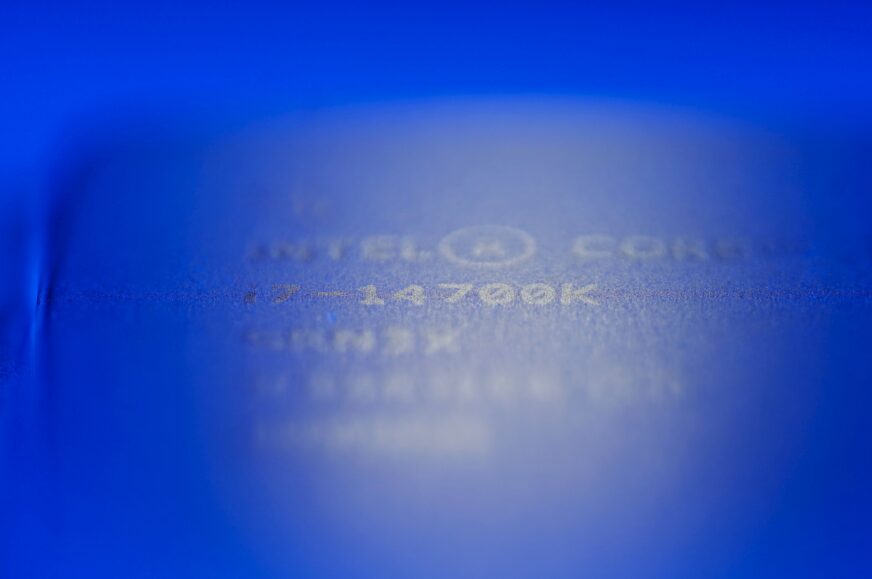
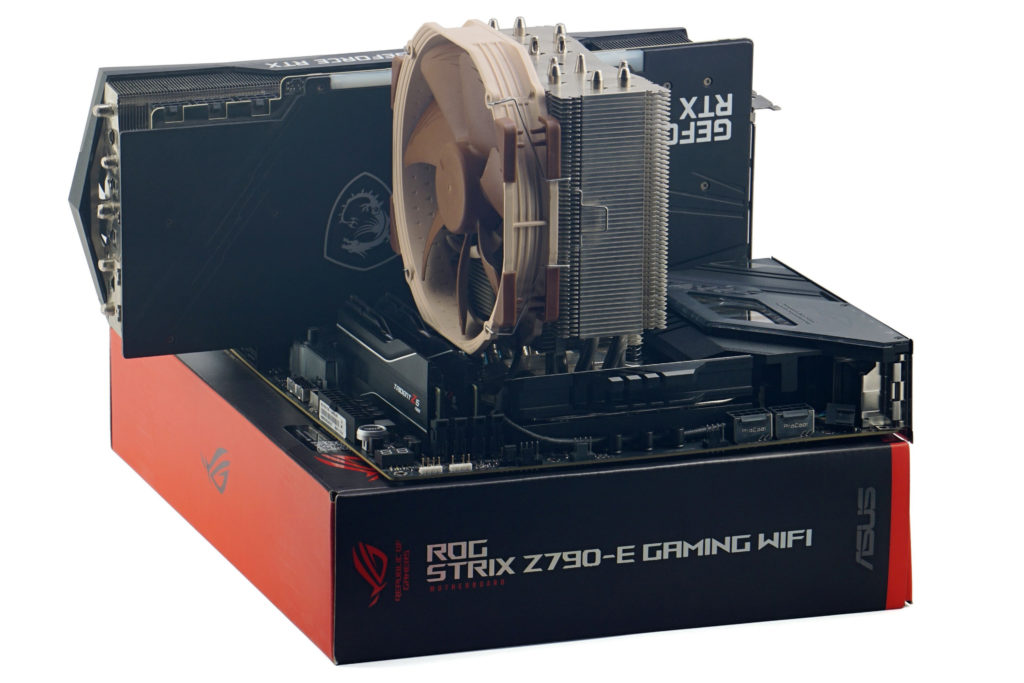

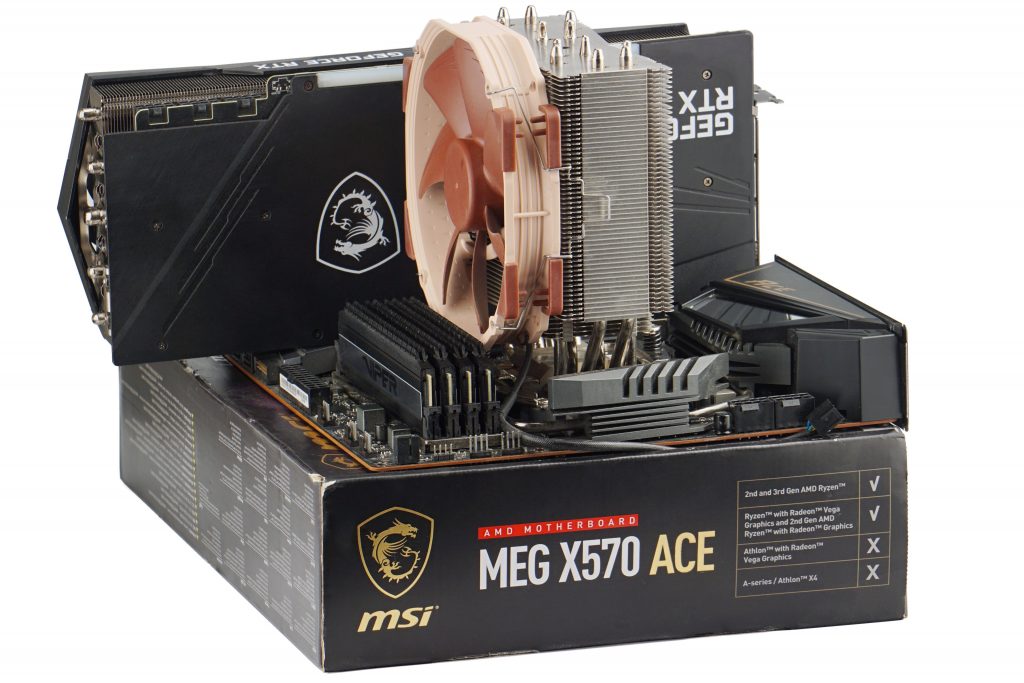
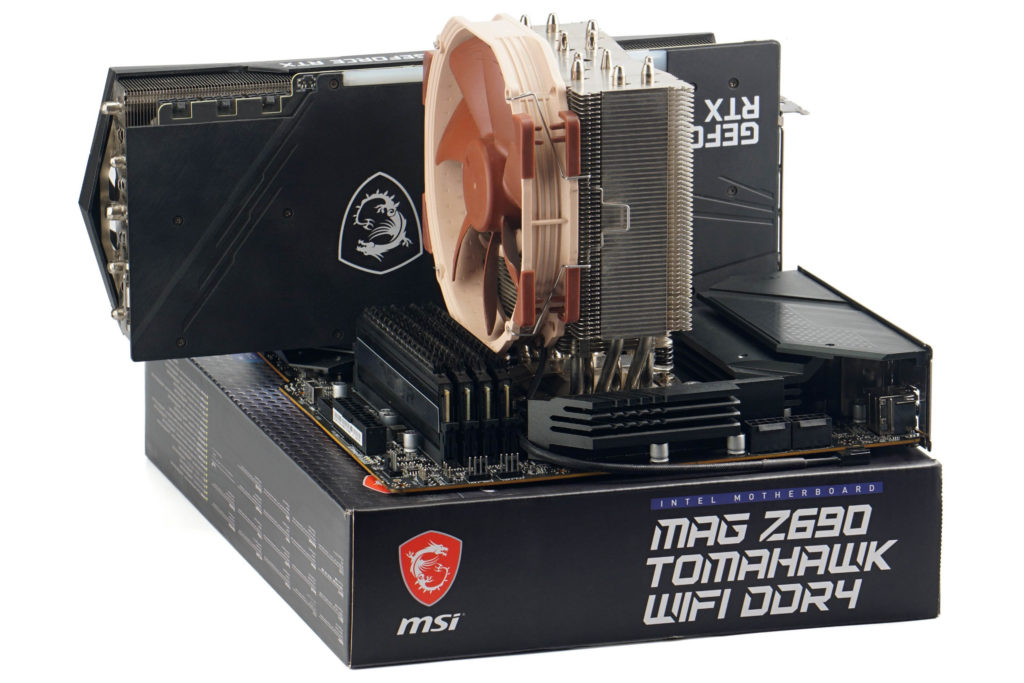
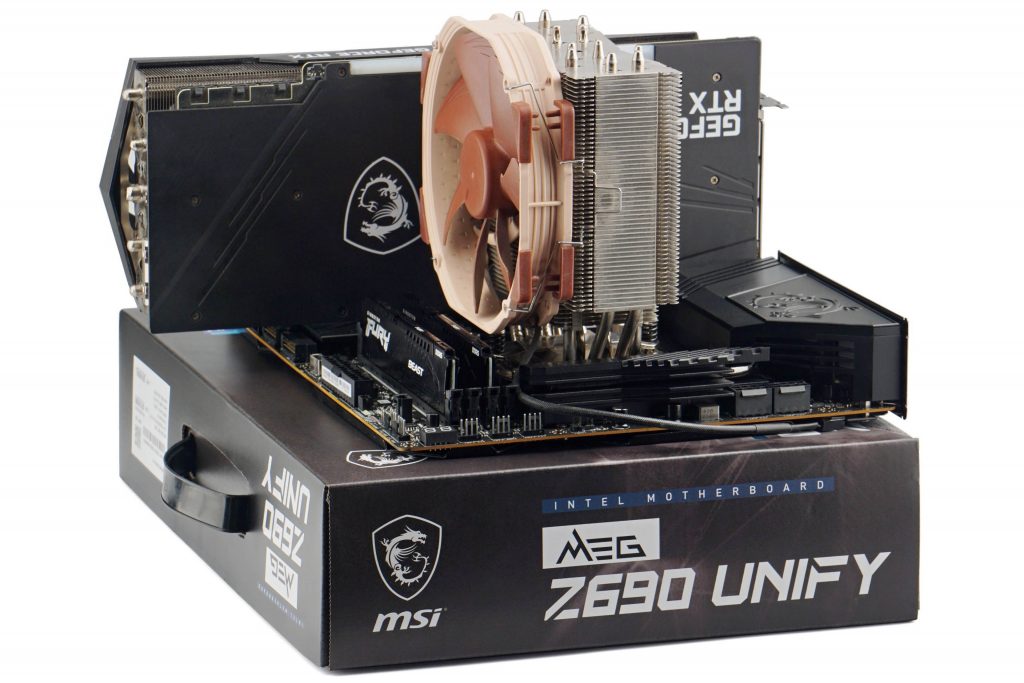
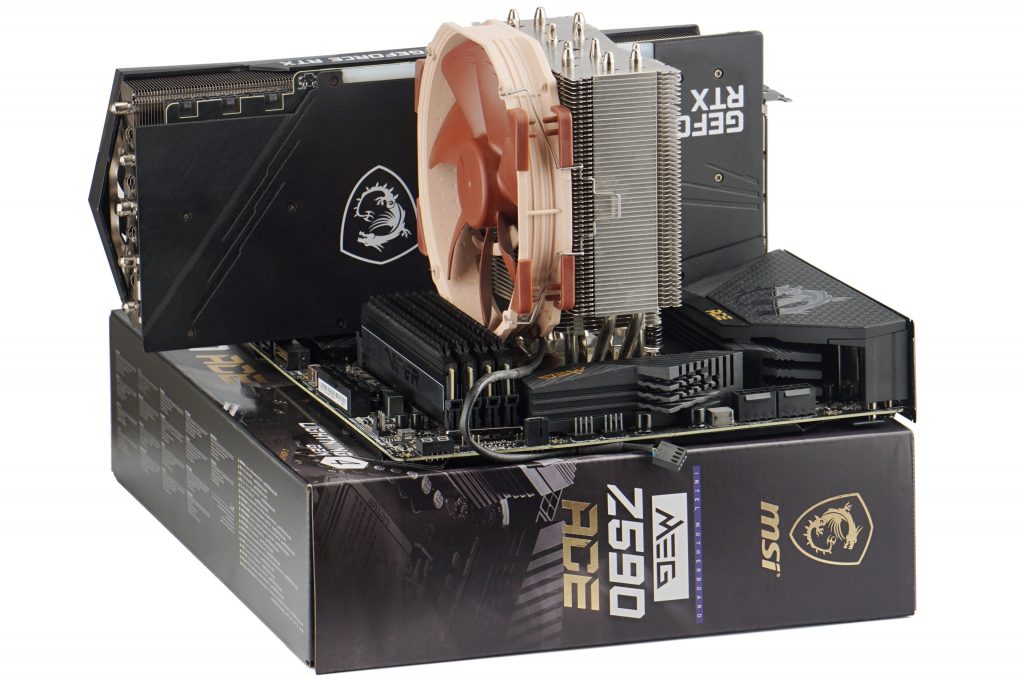
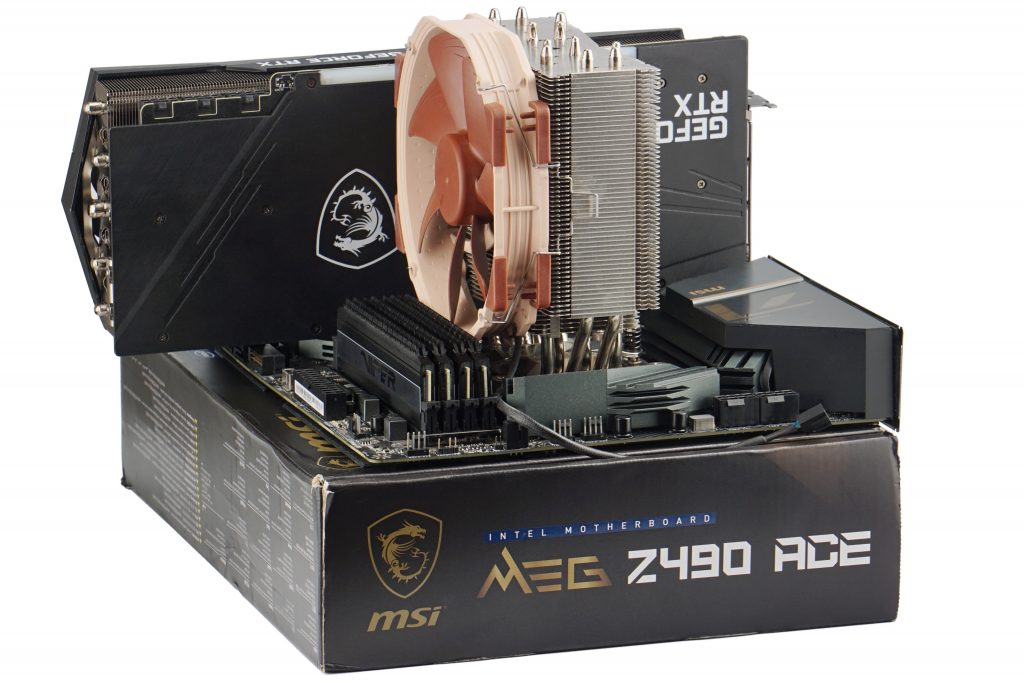



Majority tends to hate 14th gen (no progress etc), but it’s almost totally win-win generation: it reduces “unnoticeably slower” 13th gen prices; Intel’s partners like DELL are happy to get next-gen CPUs for their next-gen computers and Intel himself can boast that they supported LGA 1700 with three generations. Cherry on top is 14700K which offers almost maximum performance of 1700 for only i7 money. Now let’s wait for lower-end chips – already 13th gen beats here AMD with multicore performance combined with option to go cheaper DDR4 route what is sensible for lower-end workstation builds. That’s why I see 14th gen as almost totally win-win. Almost because only losers here will be reselling values of most of 1700 chips (especially massacrated by 14700K itself), but it’s natural downside of longer socket support.
Thanks for the addition. The explicit specification of the Ci7-14700K suitability for cheaper workstations with DDR4 memory is probably missing in the text of our article. And yet in this respect, as long as all 20 cores scale, there really is no alternative with a comparable price/performance ratio.
It seems to me that most of the commercial reviewers put a lot of emphasis on the high power draw, which is, of course, a fact, but there is a little bit of a “B” missing in the fact that at lower, for example, gaming loads, the power efficiency with Ryzen 9 is comparable or even more attractive (in a single-threaded load). And who doesn’t like the 300W, can adjust the power limits at will and in many multi-threaded applications the Ci7-14700K will still be on top compared to the R9 7900X even at the same power draw. We have not tested this situation (Ci7-14700K vs. R9 7900X) directly at lower power draws, but if you look at our motherboard tests, you will see that the Core i9-13900K is only a couple % slower at PL2 limited to the TDP level (125 W) compared to the R9 7950X with a TDP of 105 W (PPT of 142 W). And I feel the difference between Core i7-14700K and Ryzen 9 7900X will be even smaller.
Intel just took from AMD their few years ago signature multicore performance for the money. Especially with equipping lower-to-mid-range chips with plenty of e-cores allowing them to beat here R5 and R7.
Problem with awful power draw, it’s mostly about these chips just being able to pull crazy numbers when ulimited. My 13900K scores in CB23 Multi ~35500 points with PL1=PL2=200W. Scoring even 41000 or having the heaviest on multicore tasks done 15% faster for the price of 300+W attacing me; needing damn AiO and way more noise to handle it? Bad deal to me. Or another fun fact in terms of efficiency: 13900K can give performance of unltimited 13700K for just half of i7’s power draw. Tests show 13700K needing to pull at least 250W to score up to 31K, but my chip did exactly 30766 with PL1=PL2=125W – quite unusual perspective, but potentially attractive in terms of heat; noise or eco.
Ryzens 7000 are amazing in energy efficiency and, if I remember well, 7950X is even better than 13900K here, but not many add here that Ryzens also tend to be harder to cool. Some polish youtuber made a graph showing maybe even these exact chips power normalized on various levels and how hot they get then. Ryzen pulling the same power tends to be ~10C hotter. I rather don’t watch him, so don’t know how reliable are his numbers, but such tendency is quite known. And it makes Ryzen’s eficiency not just better, but coming with stinky addition of higher noise and temperatures. Reducing them to Intel’s level would somehow melt this better efficiency…